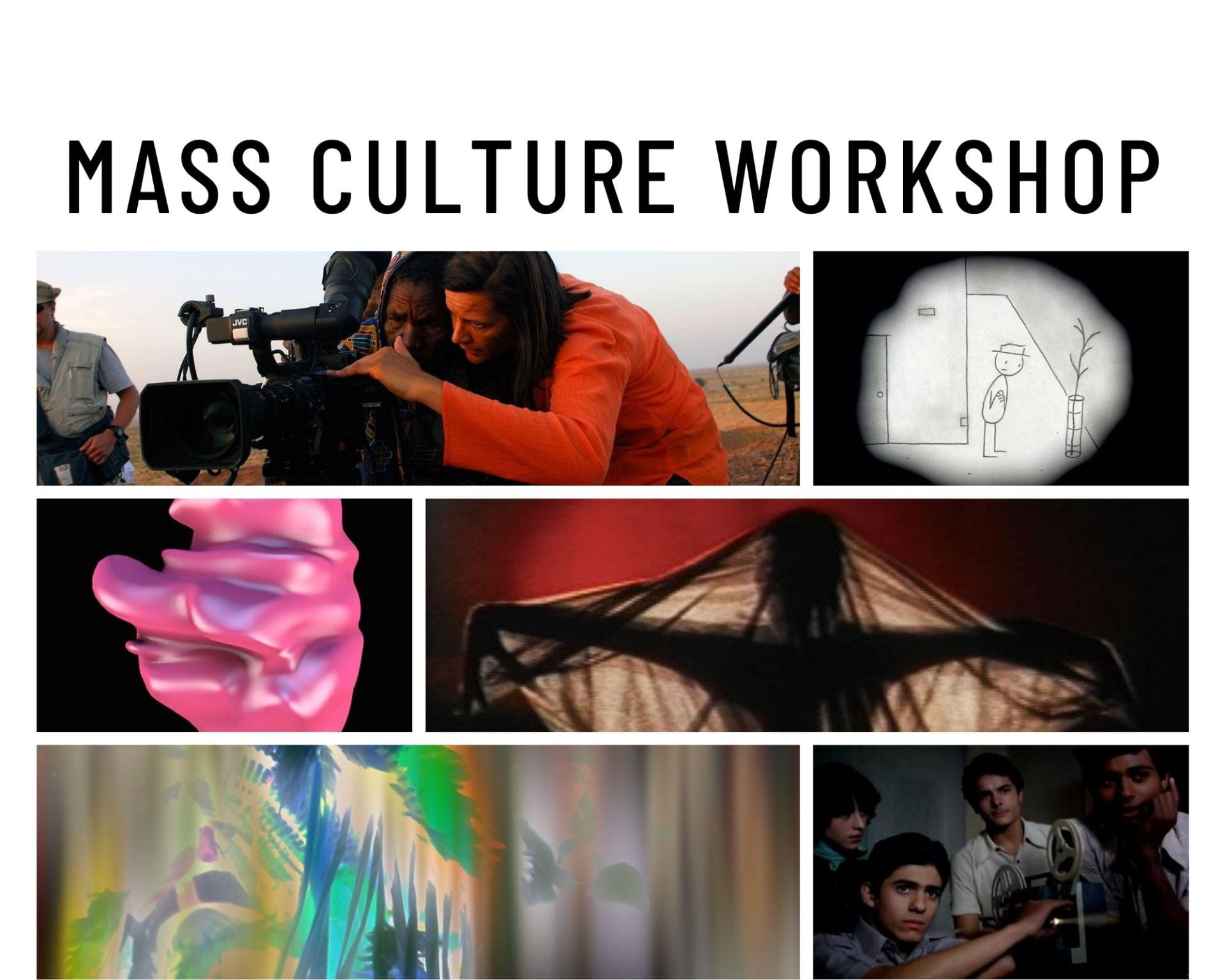Please join us on Friday, May 5th at 10:30AM in Cobb 311 for the Mass Culture Workshop’s next Spring Quarter meeting. This time, we welcome Tien-Tien Jong, PhD Student in Cinema and Media Studies. Tien-Tien will be presenting a a paper entitled “Missing Pictures, Looks of Silence: Trauma as Child’s Play in The Act of Killing and The Missing Picture.”
Tien-Tien’s paper is available for download here.
Please email either Katerina Korola [katerinakorola@uchicago.edu] or Dave Burnham [burnham@uchicago.edu] for the password.
Refreshments will be provided.
We look forward to seeing you at the workshop!
Your coordinators,
Katerina Korola and Dave Burnham
_________________________________________________________________________________
Missing Pictures, Looks of Silence: Trauma as Child’s Play in The Act of Killing and The Missing Picture
What is the minimal amount of figuration that is required for viewer identification and empathy in documentary films? What representational strategies are available to filmmakers for capturing scenes of intense suffering—those categories of experience which lie outside of what is representable by a camera or artist? At their most visceral and jarringly “documentary” level, trauma narratives make an invocation upon the spectator to become a witness. Building on Ariella Azoulay’s work on photography, which argues that photographs function as not only evidence, but also an object which obligates its viewer, I will be looking at the rhetorical and representational strategies used by Rithy Panh and Joshua Oppenheimer to document the traumatic past.
In recounting his experiences in a Khmer Rouge re-education camp in The Missing Picture (2013), Panh constructs dioramas of a world with soulful clay figurines, but curiously unpopulated by living survivors. In Oppenheimer’s The Act of Killing (2012), willfully unrepentant killers boastfully re-enact their crimes in Hollywood-inspired stagings. Rather than the realist mode associated with documentary filmmaking, these films use non-traditional forms of representation to explore questions of how to create images of violence and suffering through an interest in participants repeating and working-through their stories, and the different ways in which subjects come to narrativize the traumatic events that have defined their lives. Instead of composing an authoritative narrative about historical events, both filmmakers work with fragments of representation and testimony, diverting our attention to what is happening outside of the frame, as if refusing to fix the traumatic events of the historical past in a single image or narrative. Through close sequence analyses, I will show how Panh and Oppenheimer use “missing pictures” and moments of silence and stillness in these films to draw our attention to what is missing from the historical archive, and what cannot be expressed to the viewer who was never there.
My analysis will conclude that Panh and Oppenheimer’s unconventional methods and materials include an implicit critique of archival footage and photography, the traditional sources relied upon by historical documentaries. In doing so, I argue that both filmmakers stage challenges to the ethics of representation and abstractions of violence.
Tien-Tien Jong is a PhD student in the Department of Cinema & Media Studies at the University of Chicago. She holds a BA in Film & Media Studies from Dartmouth College, where she wrote a thesis entitled “This Waking Dream We Call Human Life: Ballet, Opera and the Unconscious in Musical Film.” Her research interests include melodrama, dance in film, automatons, children’s media, and representations of trauma.
